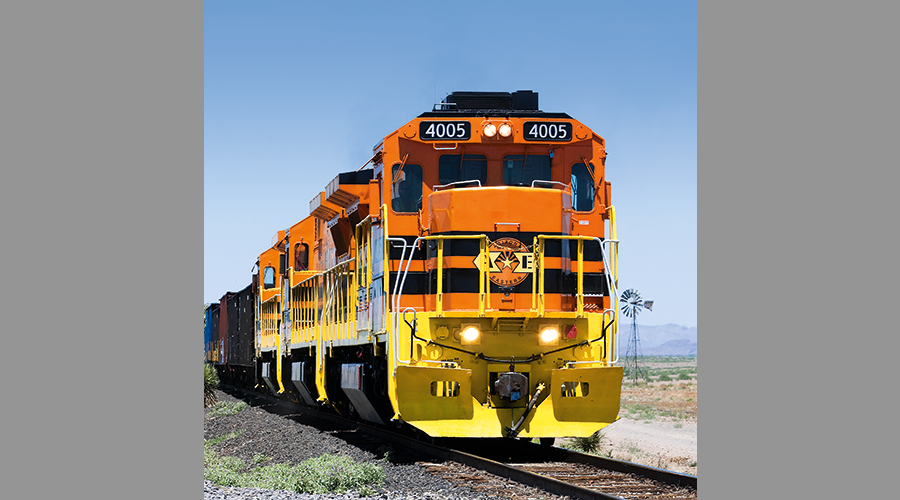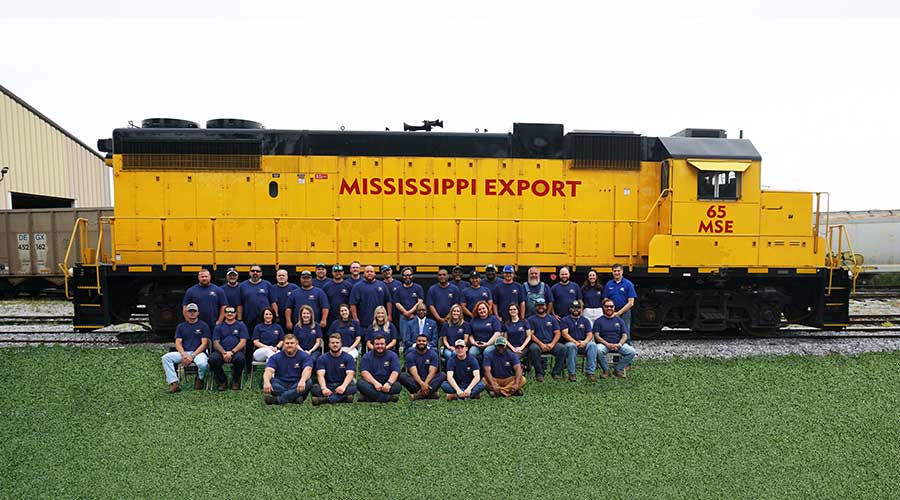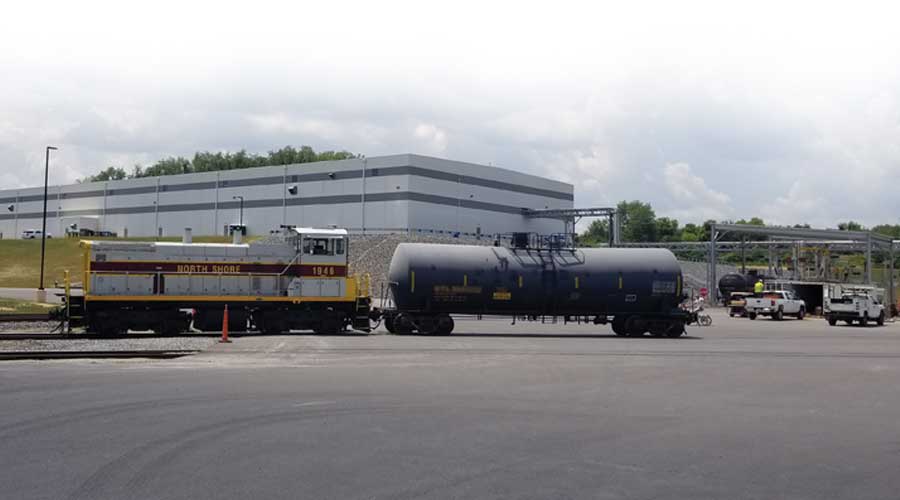Stay updated on news, articles and information for the rail industry
June 2008
Rail News: Short Lines & Regionals
NS, 10 short lines jointly take on short-haul traffic in the Northeast
Class Is and short lines often talk about developing better, mutually beneficial working relationships. Here’s one large road and a group of small ones that aim to turn talk into walk.
Norfolk Southern Corp. and 10 New York state short lines are launching the “Empire Link,” a pilot project under which the railroads will share their capacity and market short-haul moves as a single-line transportation service. Their aim: Divert truck traffic traveling less than 500 miles between New York, New Jersey and Pennsylvania to rail.
NS worked with the American Short Line and Regional Railroad Association (ASLRRA) to develop Empire Link, which, after rolling out July 1, is expected to generate revenue for the partnering railroads. Participating short lines include the Bath and Hammondsport Railroad; Central New York Railroad Corp.; Finger Lakes Railway; Livonia, Avon and Lakeville Railroad; New York, Susquehanna & Western Railway Corp.; Ontario Central Railroad; Owego & Hartford Railway Inc.; Rochester & Southern Railroad; Wellsboro and Corning Railroad; and Western New York & Pennsylvania Railroad.
Litmus test
For the past few months, the Class I and short lines have been testing the single-line marketing waters for Empire Link traffic, which will focus on freight moving on NS’ Southern Tier mainline between Binghamton and Silver Springs, N.Y., and branch lines between Corning and Geneva, and Waverly and Ludlowville, N.Y. Any short line can market a move — originating or terminating on their line — that involves one or more other short lines and NS.
“For example, the New York and Susquehanna can market as a single-line move traffic originating from them and terminating at the Finger Lakes Railway, with NS as the bridge carrier,” says NS Executive Vice President and Chief Marketing Officer Don Seale. “It can work in both directions.”
NS initially would provide all the equipment, but the short lines would retain the option to use their own rolling stock, says Seale. Rates would involve a series of per-car charges based on the commodity, such as salt or paper.
Location, location, location
Empire Link grew out of a review NS and the ASLRRA conducted earlier this year to
determine how a cluster of short lines in close proximity could tap into the Class I’s under-utilized capacity in New York. The plan figured to work well in the Empire State region based on the commodities transported on the routes and short lines’ locations, says ASLRRA President Richard Timmons.
“We can develop and market business with NS without having to make special arrangements with NS,” he says. “There’s flexibility for NS in an operating sense and rate sense, and short lines get the same latitude.”
NS and the short lines plan to conduct the Empire Link pilot for about one year.
“We’ll adjust and tweak it as we go,” says Seale. “At the end, we’ll see what we got out of it and if there are other applications for a similar arrangement on our system.”
The “commercial approach” is more of a single than a home run, says Seale, adding that Empire Link is one way to capitalize on the marketing possibilities presented by the 10 small railroads’ interconnected networks and NS feeder line.
“It’s a chance to step back and do something different,” he says.
Seale is fairly certain that no other Class I and group of short lines have attempted this before. Timmons agrees.
“This is as innovative a concept as I’ve seen in quite a while,” says Timmons.


 2025 MOW Spending Report: Passenger-rail programs
2025 MOW Spending Report: Passenger-rail programs
 Gardner steps down as Amtrak CEO
Gardner steps down as Amtrak CEO
 Guest comment: Oliver Wyman’s David Hunt
Guest comment: Oliver Wyman’s David Hunt
 Women of Influence in Rail eBook
Women of Influence in Rail eBook
 railPrime
railPrime








